Welcome 2022. On being ahead, and a comforting pasta with lentils
I’m beginning with a wholesome, affordable comfort food that will also help you finish that little bag of lentils you bought to have good fortune – and money – in the new year.
The new year happened while we were on the sofa, watching a crime series with bated breath. We kissed and hugged, then we finished the episode. After that, I moved to the kitchen, emptied the dishwasher, and set the table for the next morning. It might sound boring and unromantic, but I felt like I was finally ahead of time. It was a statement, I wanted it to be a prophecy of the year that had just begun.
For how small as a gesture it was, I would begin the year with an empty dishwasher, and if you run your dishwasher at least twice a day on average, that is when you are not recipe testing or shooting, that’s a great advantage.
That’s why my word for 2022 is ahead.
I will leave the ahead of her times to someone else, I'll settle for being slightly ahead of my schedule.
Ahead as in advance of something.
I feel like I’ve been behind my schedule for years, on the chase of something. It is tiring, exhausting, disheartening, and it kills your creativity in the long term. I’ve been late in writing the newsletter, late in posting new recipes, late in you name it.
That’s why my real New Year will be when we will deliver the finished manuscript of the cookbook we’ve been working on in the last year. Everything happened at once: a pandemic, first a pregnancy then a newborn child, and a cookbook deal. Basically, I do not remember my life before all of this, and I’m curious to see what will happen when one of these three variables will change – at least I’ll free my mind of all the ideas, recipes, facts, stories… that will eventually find their place in the book.
Ahead because I’m done with following the absolute musts and Instagram trends, with the idea of keeping up with the Joneses.
We have chosen a personal and professional path – wisely chosen, as behind Juls’ Kitchen there’s also a family business that needs to thrive if we want to balance the books – and we will be there, in the lead.
So, even though January is usually associated with renovation, restraint, and detox (well, you know I will never embrace the concept of detox diet when we have a liver whose function is precisely that), we chose comfort as the theme for our blog posts and newsletters for this month.
We will explore the idea of comfort food, of those favourite recipes that soothe our body and soul both either when we eat them or when we make them, through recipes, stories, videos, and open threads.
And I’m beginning with a wholesome, affordable comfort food that will also help you finish that little bag of lentils you bought to have good fortune – and money – in the new year.
I abandoned January resolutions a few years ago. Now I prefer to choose a word, a single, evocative word. In recent years, this word has worked like a magic formula scribbled on a piece of parchment, like an omen, a powerful statement from the past, engraved with capital letters on the marble architrave of a temple.
Have you ever thought about the word that is going to define your year? or do you prefer resolutions? Tell me everything in the comments!
Pasta e lenticchie - Pasta with lentils
Lentils are a great source of protein and fibre, and they do not need overnight soaking, thus making them perfect for those who approach pulses for the first time, or for those who forget to write down their meal plan for the week (that’s me). If you need a real comfort food in a bowl, pair lentils with pasta, one of the quintessential dishes of the Italian cucina povera, and you’ll have a balanced, wholesome, warming soup in less than one hour.
Jump to the blog to read the recipe and find a hilarious quote from Stanley Tucci’s memoir, Taste.
Cookbook reviews
I received the following two books from Artisan Books, which, by the way, is also our publisher. :) I wanted to share them before Christmas, but life got in the way. This means I had plenty of time to leaf through them during the holidays and to fall head over heels for them.
Grains for Every Season. Rethinking our way with grains, by Joshua Mcfadden and Martha Holmberg, Artisan Books
A few years ago, I was diagnosed with insulin resistance, I slowly turned my pantry into a whole grain sanctuary. Filling, substantial, wholesome, delicious: whole grains are now part of our daily diet. That’s why I am so excited by Grains for Every Season, Joshua McFadden and Martha Holmberg’s latest cookbook.
Like many good things in life, my appreciation of whole grains began in Italy. Farro was my first love.
This is how Joshua McFadden opens the book: I share the same love for farro (and farrotto, a risotto made with farro), and I have to admit I’m feeling slightly proud in seeing Italy as the reason for his appreciation of whole grains. Finally, I see whole grains in Italian supermarkets, too, and not just in overpriced organic shops. I am also able to buy whole grains that are local and organic in the small supermarket in my town, and this has improved the quality of our diet significantly, giving us also the chance to support the local economy.
I am driven by flavor in everything I do, so I use whole grains and whole-grain flours in my recipes first and foremost because they are delicious.
And this is another concept I wholeheartedly agree with. I kept eating whole grain pasta, whole wheat bread and focaccia, dark rye bread, and brown rice not because they are healthier, but because I find them simply delicious. It is not about being virtuous, it is about eating what I truly like, for the taste and texture.
Get this book to understand better whole grains: here you’ll find plenty of inspiration to cook delicious, seasonal food. It also features many basic recipes that can be adapted to different ingredients and seasons, as with pilav, buckwheat cream scones, grain bowls, stir-fries, whole wheat focaccia, and sheet pan pizza, and the overnight oat parfaits, that have been on heavy rotation for breakfast since the very first day I got the book. They are brilliant, quick to make, nutritious, and make the three of us very happy. Yes, Livia loves the oat parfait, and now that she is tentatively speaking her first words, she requests a spoonful of yogurt with hers (no surprise her first words are all food-related).
I know that in the next months I’ll be cooking my way through this book.
Let's Eat Italy! Everything You Want to Know About Your Favorite Cuisine, by By François-Régis Gaudry, Artisan Books
I’ve always been fascinated by encyclopedias, since the first collection of books, bound in a serious blue cover, that my parents bought me when I was in elementary school. Not that I would read it as a novel, but once in a while I would browse through the volumes, moving from word to word, fascinated by the endless possibilities of discovery. This is the same feeling I got when I held in my hands for the first time Let’s Eat Italy, a celebration of Italian food in the form of an oversized, obsessively complete, visual feast of a book.
I found the same obsessive attention to detail, a network of references that would keep you going for hours, diving deeper and deeper into the Italian food culture. There are classic recipes, graphs, illustrations, charts, insights on ingredients, legends, profiles of chefs, authors, artists, and celebrities.
This is a book for Italian food lovers, even for those who already have a large collection of Italian cookbooks, even for someone like me, who has made a job out of her love for Italian regional food.
Did you know that Leonardo da Vinci had a sincere love for the art of the table? Have you have had caper plant leaves in oil? Would you be interested in a chart with all the possible coffees you can order at the bar? This book has all the answers to your questions about Italian food and will make you want to book the first ticket to Italy to have a first-hand experience of everything you have discovered.
Support us by joining our paid newsletter
When we first launched our subscription-based newsletter back in March, we thought it was mainly about sharing recipes. We could not believe it could become for you an anchor to Italy, to the Italian table and our loud conviviality, a reason to experiment with lesser-known ingredients, the voice of a friend in the kitchen.
At the monthly cost ($5) of a gelato with double whipped cream, or at the annual cost ($40) of a good bottle of extra virgin olive oil, you can support our own independent publication directly.
It is demanding to keep this newsletter active, interesting, and useful for you, on a twice a week basis and in two languages. For us it is like curating our own food magazine: we share seasonal recipes, essays, menu ideas, stories, ingredient insights, links, and travel tips. When you join Letters from Tuscany, you know you will receive twice a week some valuable content in your inbox, just like when your favourite food magazine is dropped at your doorstep.
What you missed recently: Pittule salentine, Sienese Christmas panforte, Rice with butter, Parmigiano, and mozzarella, Chestnut risotto, Saltimbocca alla romana.
Whenever you decide to join us, you will have complete access to the whole archive of already published recipes and stories.
Ten recipes to cook this month
This is the season of citrus fruits: clementines and mandarins, oranges – the sweet, the bitter and the blood ones –, the lemons from the Costiera, the elegant bergamots from Calabria, with their intoxicating aroma, the huge citrons I use to make my homemade candied peels. I cannot imagine winter without the freshness of citrus fruit. I love them fiercely, just like I adore fresh herbs in the other seasons. Citrus zest and juice are my basil and my thyme when the herb pots outside are already dead.
I am celebrating the citrus season, with their brightness, the joy they add to cold winter days, the liveliness they lend to rich dishes, or the depth of flavour they give to the simplest salads. This is how I use them, when I’m not munching on clementines directly from a paper bag coming home from the market, juicing oranges and bergamots in the morning, or zesting a lemon in a cake batter.
Fresh lemon tagliolini. I would grate lemon zest almost on everything. I crave its zing, that cuts through the richness of many winter comfort foods. Think about lemon tagliolini, where the acidity of lemon perfectly balances the richness of butter, the fresh egg noodles, and the cheese.
Artichoke carbonara. A rich bright yellow carbonara made with artichoke stems instead of guanciale, a handful of pecorino and one egg per person. Peel the stems until you expose the white soft part inside – if you haven’t ever tried this part of the artichoke, you’ll be surprised! This is where all the flavour is! – and slice them thinly in rounds. You’re going to use the artichoke stems as they were guanciale, or pancetta, in a wintery vegetarian carbonara. If you can not find artichokes with a good, firm stem, use the artichoke itself to make the carbonara. Clean it and slice it very thinly, then cook it in exactly the same way as the stems.
Paccheri with rabbit ragù. I call it a ragù, a meat sauce, even though it is made without tomato sauce and with a meat which is typically eaten pot roasted, fried or even alla cacciatora, with meaty black olives. Rabbit is a common courtyard animal for families in Tuscany, a meat which we usually cook almost on a weekly basis, and even for children, for their first attempts at eating solid food. It makes a tasty, white meat sauce for a Sunday meal, an alternative ragù with the zing of lemon zest and the richness of lardo.
Vegetable ragù. This vegetable ragù is a virtuous way to upcycle kitchen scraps. Along with fresh vegetables, I also added a jar of preserved sun-dried tomatoes. Before making the vegetable ragù, prepare all the ingredients. I minced separately all the vegetables in a food processor. Aim to coarse rather than finely minced, as they will give texture to the sauce. Ideally, once cooked, the vegetable ragù will have the same texture of a meat sauce.
Orange and pancetta Guinea fowl. The guinea fowl is much more flavorful than a chicken, has slightly darker meat, and has a captivating game hint. And look at the colours, warm orange: it tells a story of family celebrations and cozy kitchens pervaded by the reassuring smell of long cooking.
Blood orange and fennel salad. A fennel and blood orange salad is my winter go-to side dish, especially when the main course is either grilled fish or pork chops. When I forget that I have a meal to prepare, though, this salad welcomes other ingredients and becomes a main. My favourite addition is crumbled feta cheese, but I like to add also anchovies or herrings, or a buffalo mozzarella, if you listen to Tommaso. Have ready some crusty bread, and more olive oil.
Cavolo nero salad with walnuts and orange. The orange and the chestnut honey, which is not overly sweet, tame the bitterness of cavolo nero, while the walnuts provide a nice crunch and a nutty flavour. Even my mum, who is usually quite skeptic about new recipes, is now making this salad on repeat.
Chocolate and clementine olive oil cake. It is an uncomplicated cake, comforting as a friend’s hug or a cup of tea in the afternoon. It has a soft and almost wet crumb, with a thin crisp crust. Look at it, it’s my cake. You can serve it with a dusting of icing sugar, which adds even more charm to its rustic look.
Citrus marmalade. This mixed citrus marmalade is balanced and cheerful. You taste the sweetness, the bitterness, an incomparable freshness, and the lemon acidity. It makes you love it, and for this reason, it is perfect as a gift, because you can enjoy it on toast for breakfast, as a filling for a sponge cake or as an ingredient to glaze a piece of pork to caramelise in the oven.
Candied orange peels. Over the last few years, since the production of panforte and cavallucci for Christmas took on pastry shop rhythms, I started to make my homemade candied orange peels and candied citron peels. Apart from the exorbitant cost of high-quality artisanal candied peels, which is totally justified, given the amount of time it takes to make them, the taste of homemade candied peels has nothing to do with that of store-bought, colouring bright, preservative rich ones. Making your own candied peels cuts down the costs and provides you with the most fragrant peels you’ll ever taste.




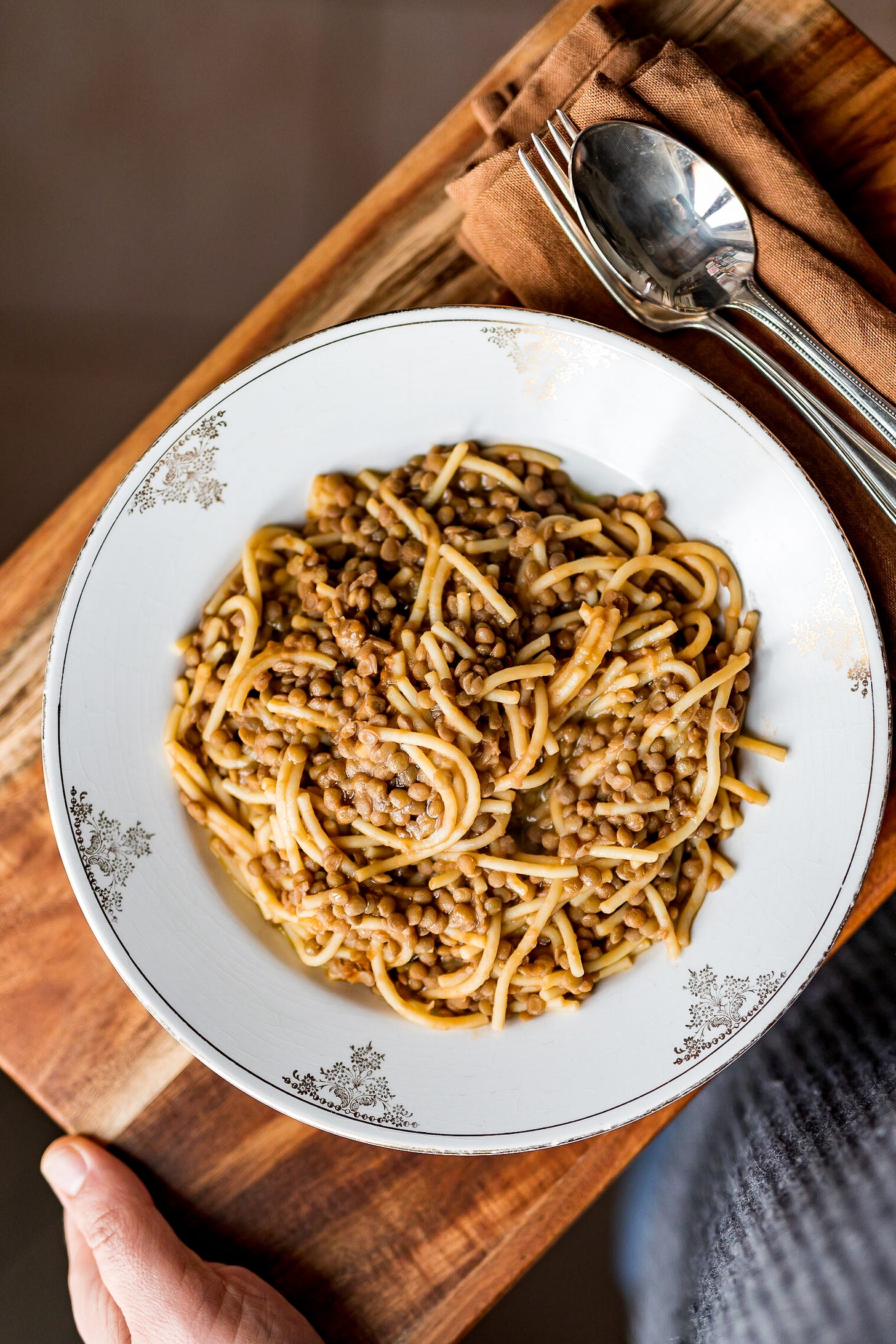
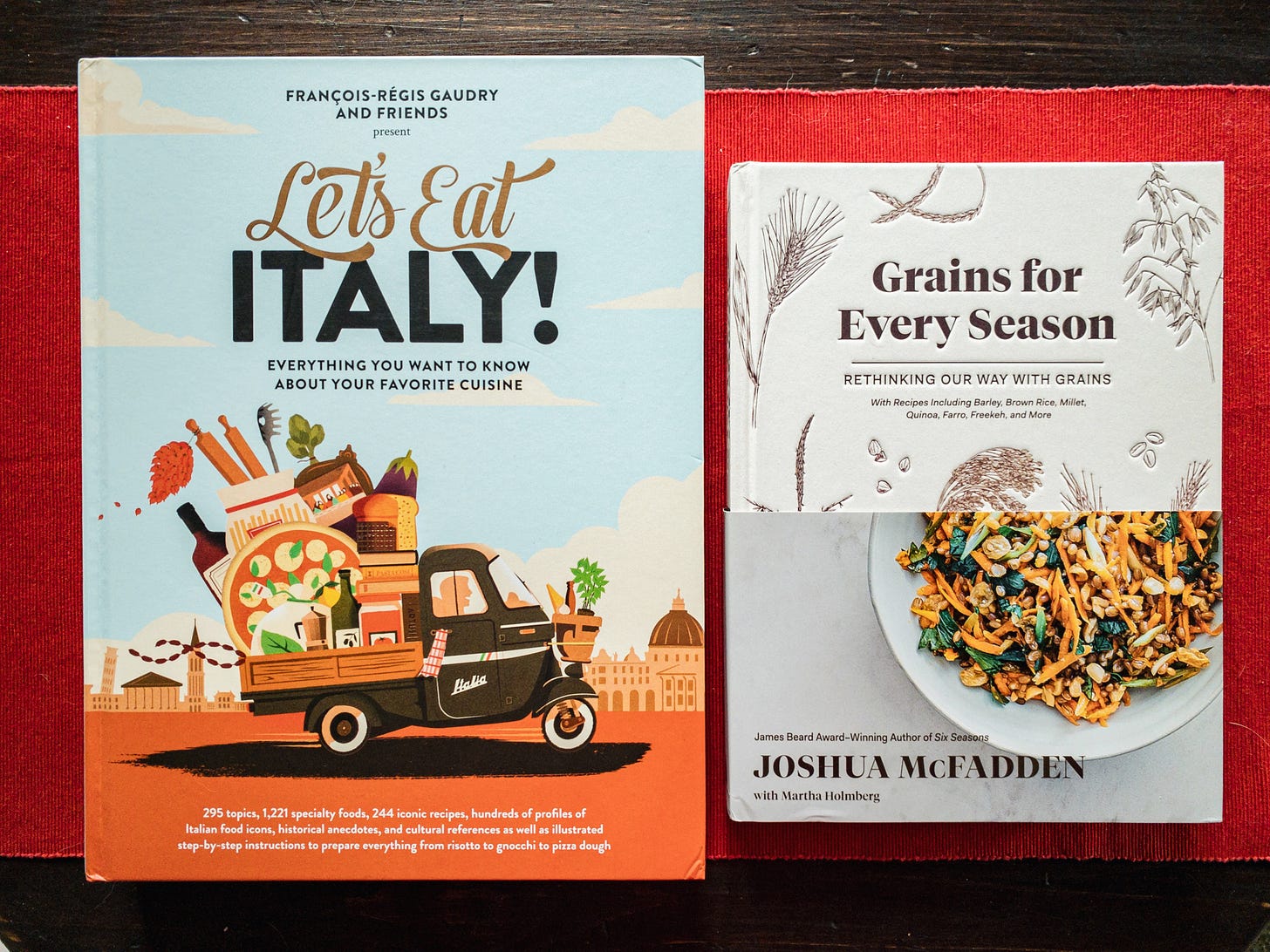
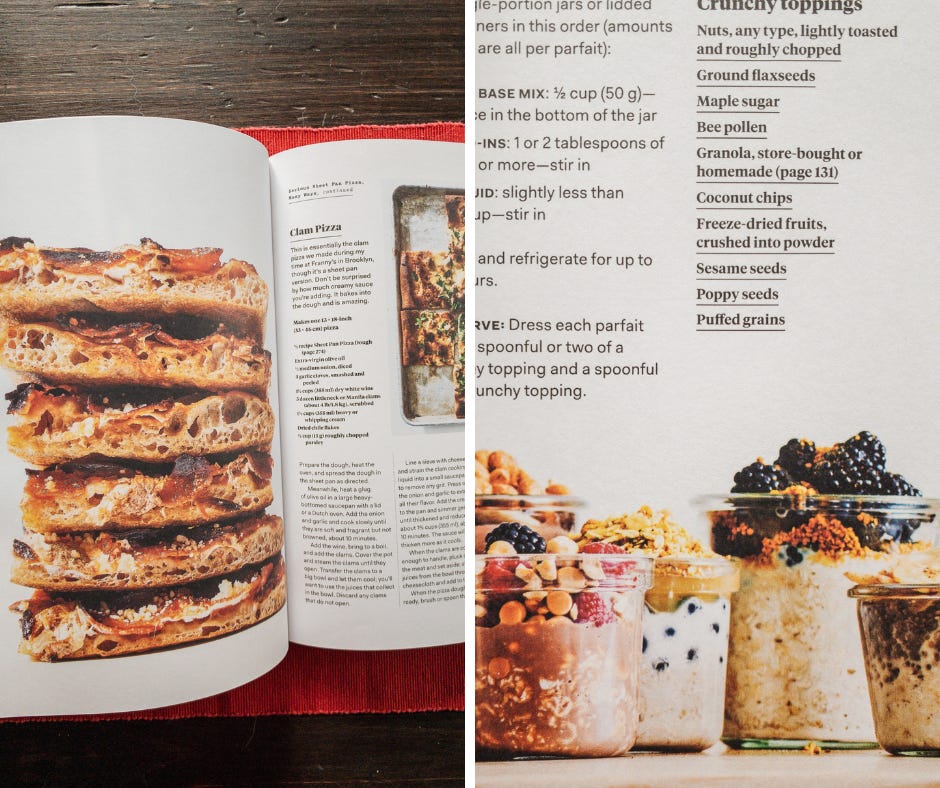
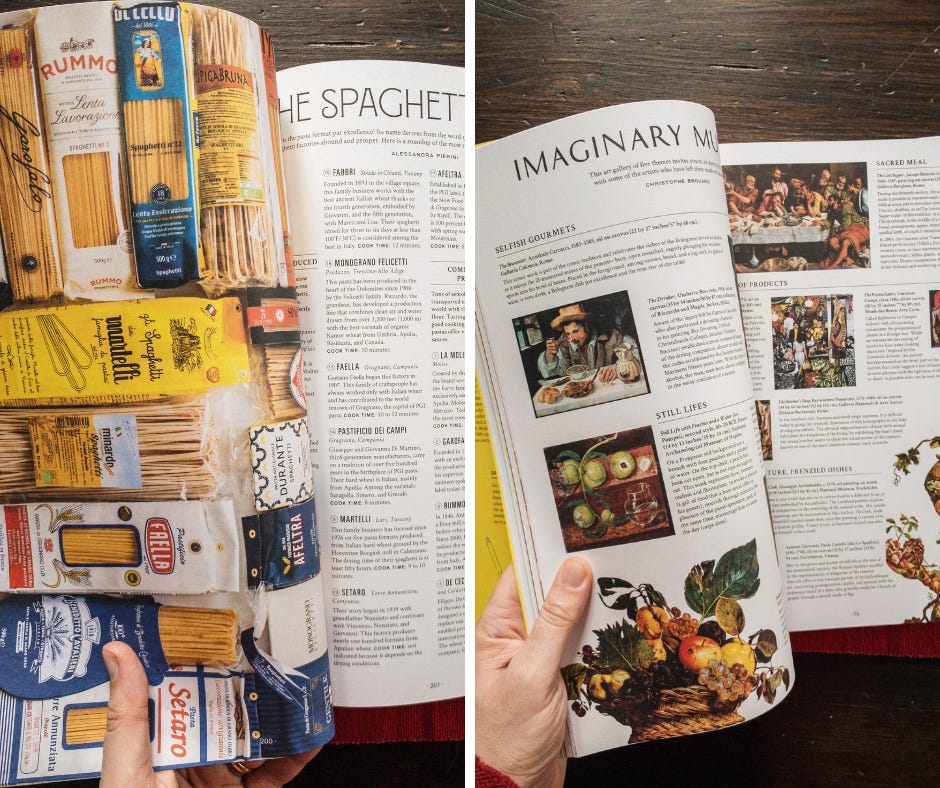
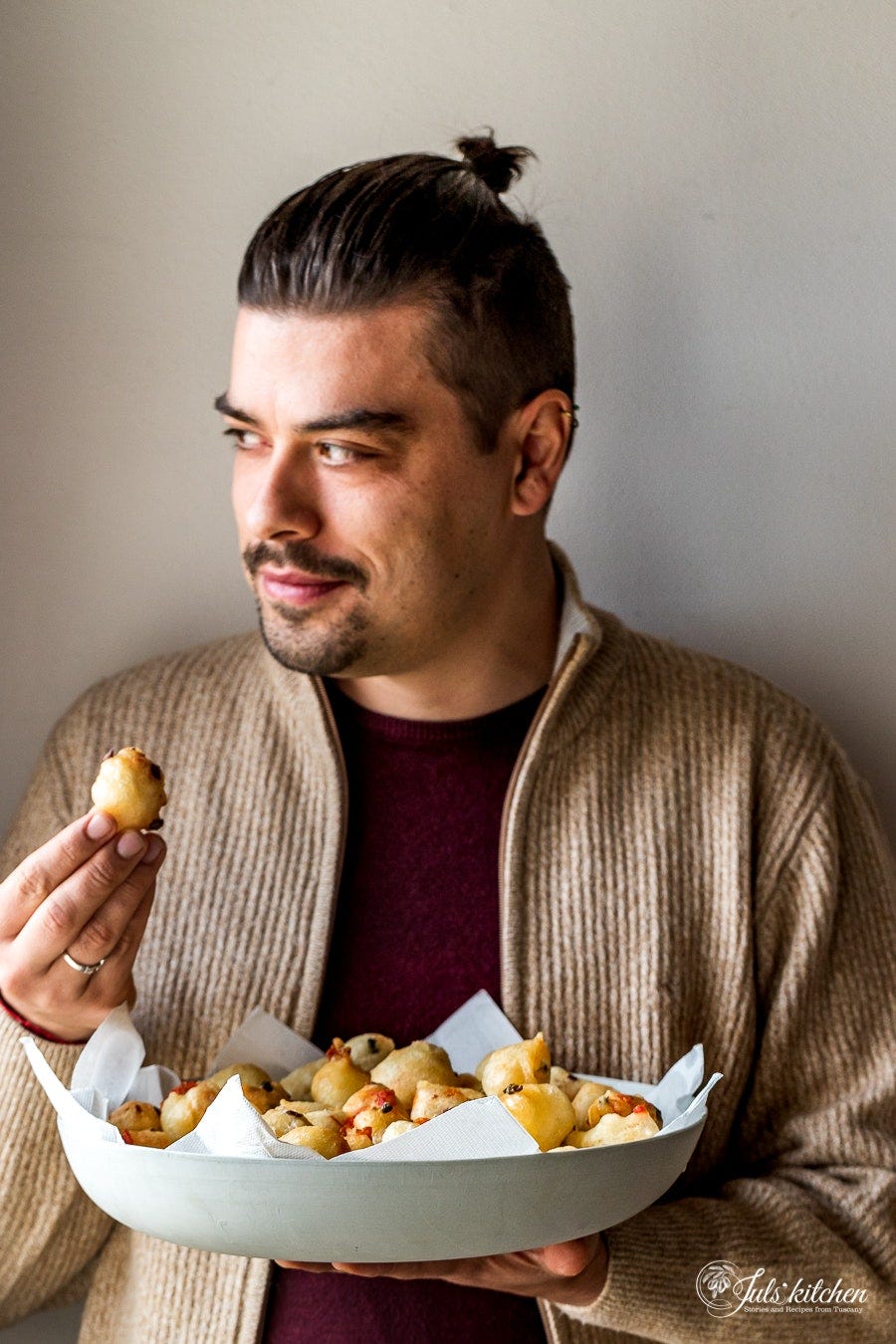
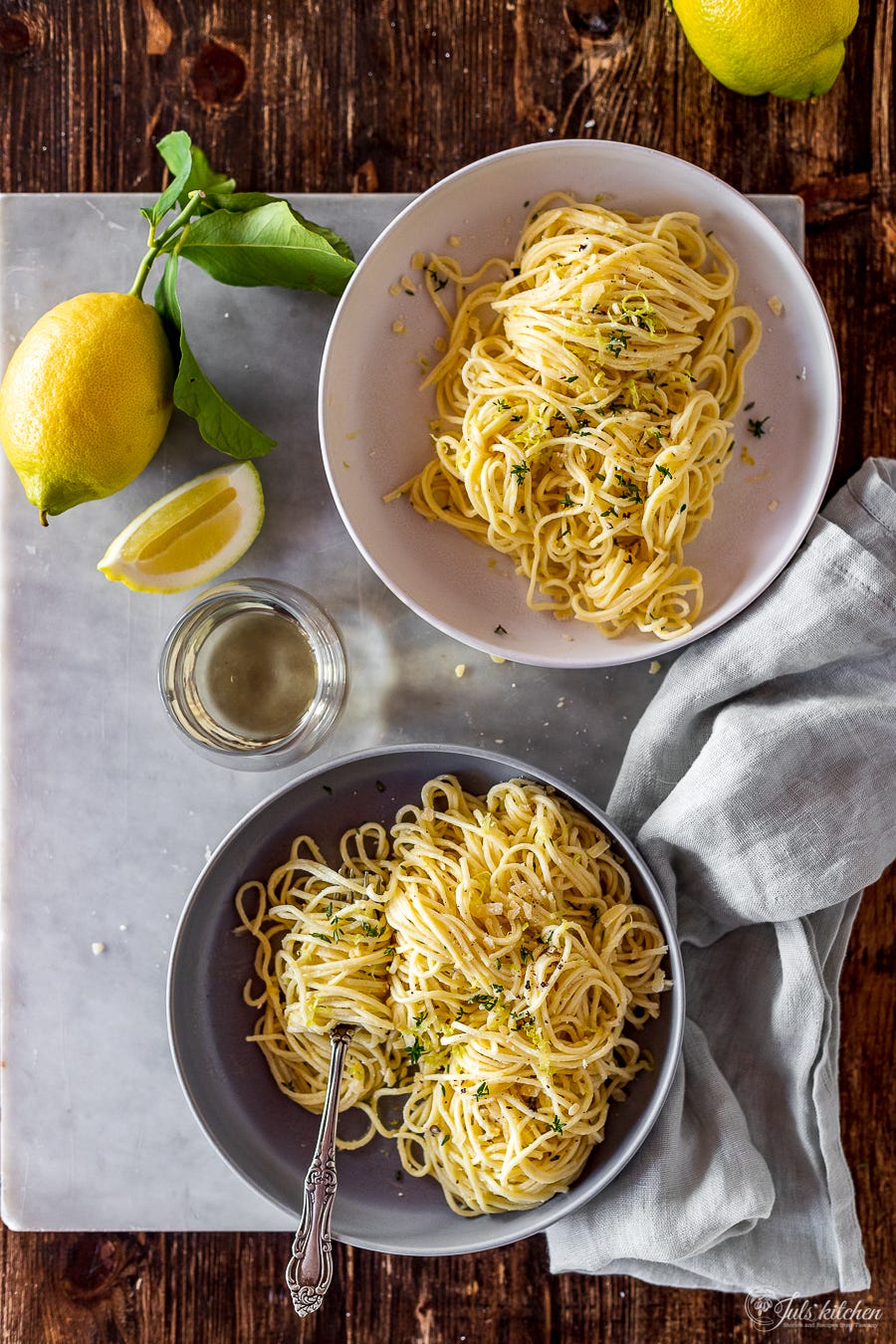
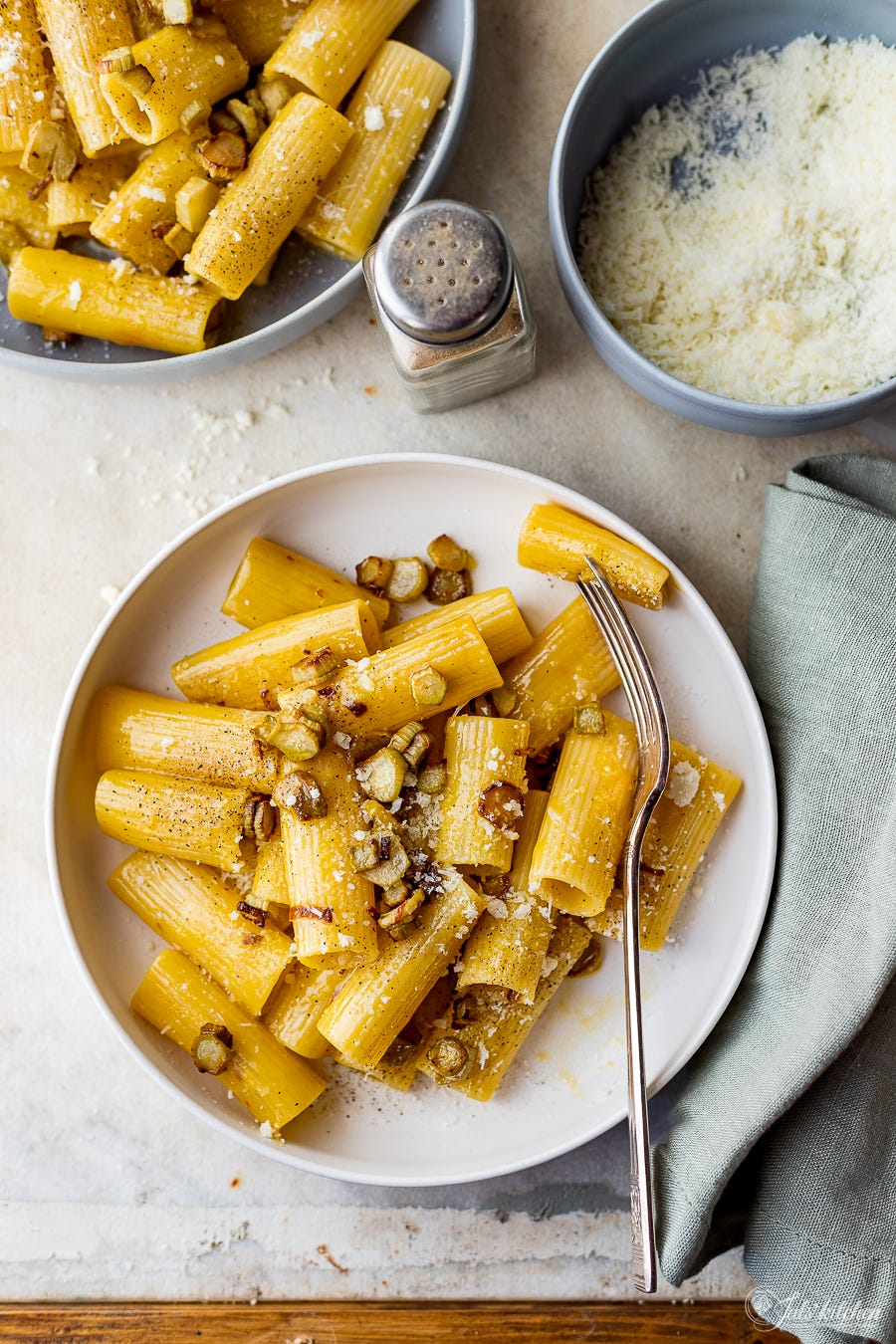
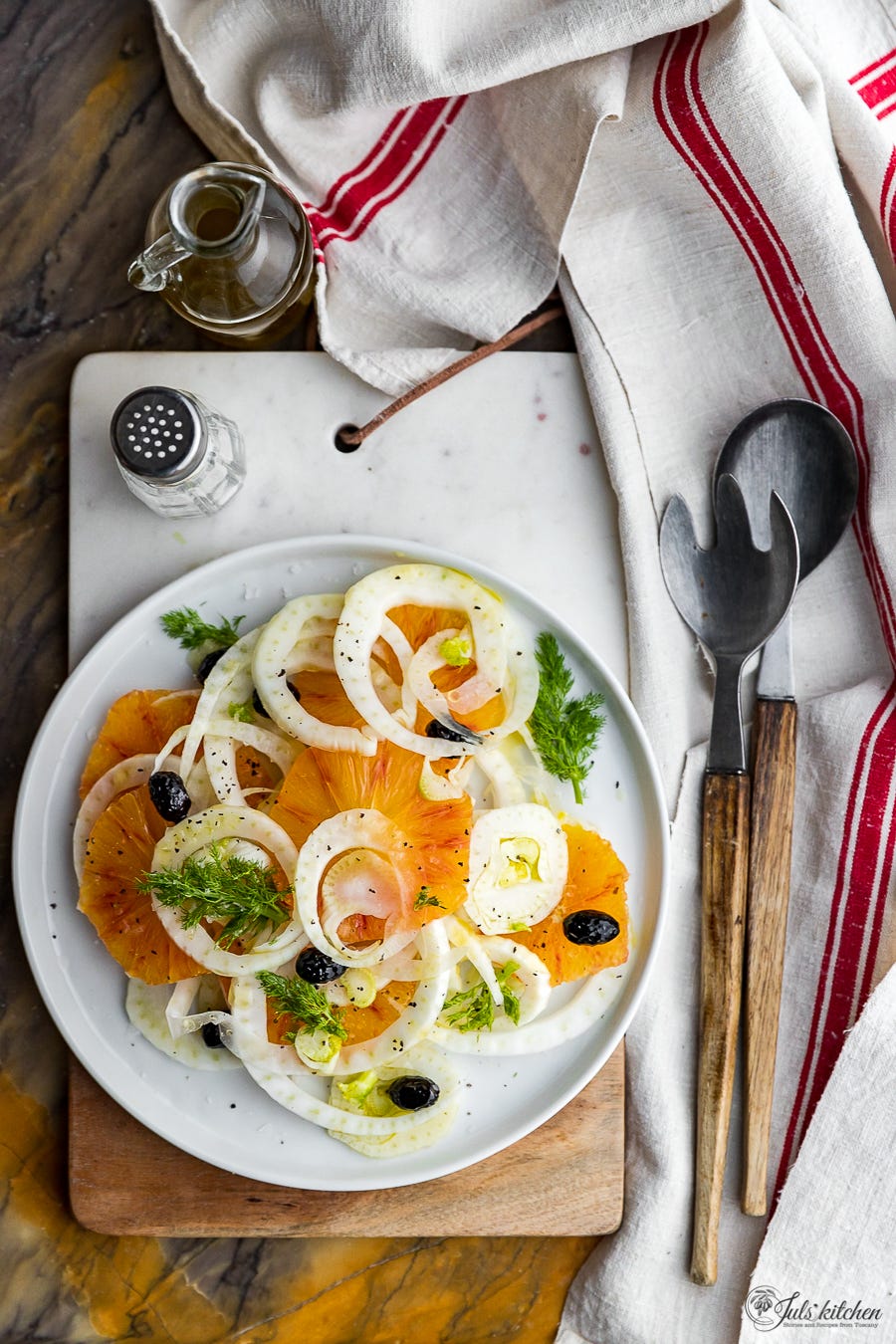

I took your advice last year and my word was “acceptance”. Which has more to do
with letting go of the need to control or change people or situations to meet my expectations. This year my word is “Emmanuel” which means God with us. I read scripture and journal daily and have much to be thankful for. I place my trust in God, as he has a plan for me and he will guide me along the way. No matter our personal or worldly situation, God has this. He is with us.
I started choosing a word four years ago. This year my word is "Grateful" Everyday I remind myself and let god know what I am grateful for. I love it when my word finds me and it just makes me smile.
May your year be filled with many blessings and lots of smiles.